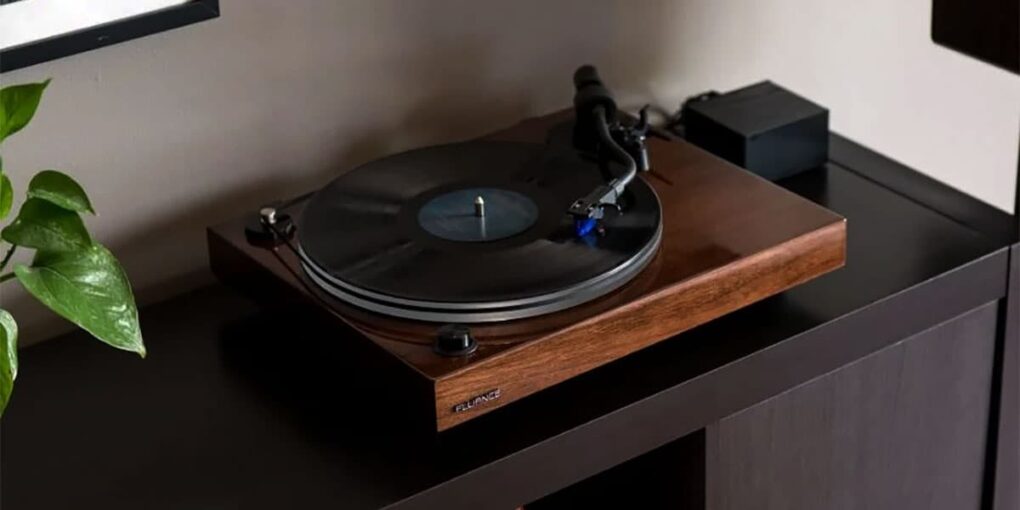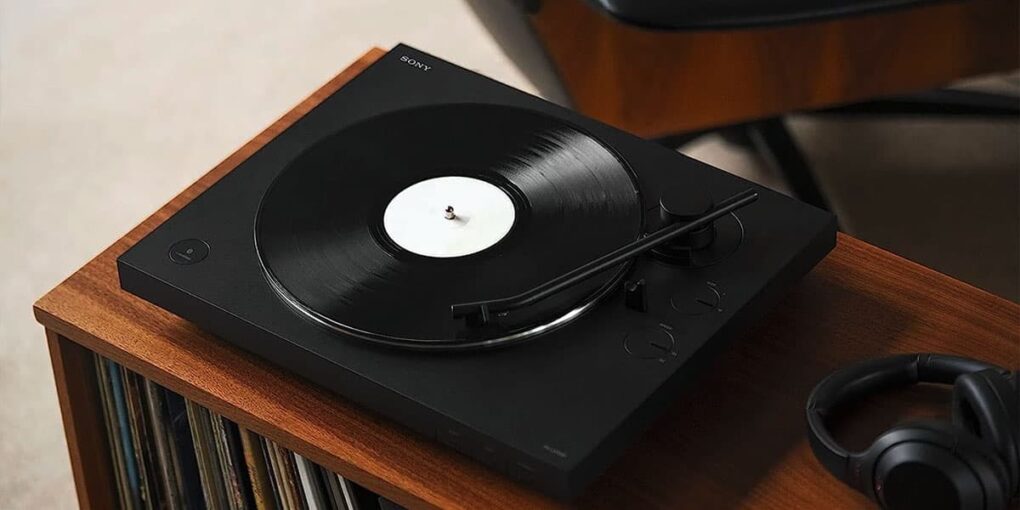You’re probably a fan of good music and are thinking about buying your first vinyl turntable. But where to start? You’re in luck! I’m here to help you pick the perfect record player for beginners. With so many options out there, I know it’s easy to get overwhelmed.
In this article, I will cover everything you need to know about choosing a record player. This knowledge will allow you to make an informed choice and buy a really optimal model for you. And let’s start with some basic concepts. Take a few minutes to study the material, and I will try to tell you as fascinating and interesting as possible.

Types of record players
When I was just beginning my musical adventure, the choice of vinyl record player options available on the market exhausted me. However, you don’t have to do it – I made a brief list of their main types with advantages and disadvantages.
My favorite option is the manually operated turntable, where you have to put the needle on a record with your hand and remove it when there is no more music. They are wonderful with their manual control, and only when audiophiles want to listen to pure sound. However, let’s get real: they don’t make for the most practical outlet when it’s a lazy session of do-not caring where you just want to flow.
Automatic turntables lift and lower the tonearm for you to enjoy smooth listening. They are perfect for beginners who want a hassle-free way of playing their vinyl record collection. Yet, they may not offer as much accuracy and control as manual models do.
Semi-automatic turntables find a middle ground between the two. They enable you to manually place the needle on a record and have it automatically lift at the end of each side, giving both ease and control. These can be an excellent option for those who are looking to have a combination of features at affordable prices.
When picking a vinyl player for beginners, consider your needs and financial capabilities. Manual turntables offer the most control, which is why they require more hands-on involvement, while automatic and semi-automatic models provide convenience but may lose some audiophile-level performance. Yes, manual turntables are much more expensive than automatic and semi-automatic models, so I recommend not rushing into buying one. If this is your first purchase, I recommend choosing an inexpensive option and working with it. After a while, you can either upgrade it or buy a model with manual control.
Essential features to consider
At the start of choosing your first turntable, there are some important features that you should keep in mind to ensure a divine listening experience. Let me simplify these for you.
- Speed settings (33 1/3, 45, 78 RPM): Most of the records spin at 33 and a third or 45 RPM, but for those who love oldies or special editions, a model that also supports 78 is priceless. This adaptability guarantees that your player is able to play any kind of record, which makes it future-proof and flexible with the development of your collection.
- Built-in preamp: This component is a blessing to beginners and makes their work easy by simplifying setup. It lets you plug your record player directly into speakers without any external preamp. This functionality not only simplifies your setup but also can have a tremendous effect on the sound quality of vinyl.
- Adjustable tonearm: The role of the tonearm is essential – it leads the stylus across the record surface. With an adjustable tonearm, you can fine-tune the weight and anti-skating settings precisely so that the needle follows grooves accurately, reducing wear on your favorite vinyl records and thereby improving sound quality.
- USB connectivity: Such an option is necessary for those who want to digitize their vinyl collection or integrate the turntable with a contemporary sound system. It lets you record your vinyl tracks into digital files, keeping the music and making it mobile.

Additional considerations
I have a few turntable tips for beginners that can elevate your vinyl experience to the next level. First, look at what audio setup you already have. Make sure that the record player you select will work with your speakers, amplifier, or any other equipment to which it is intended for connection. This will guarantee a smooth and efficient listening process.
Second, consider the amount of space you have. Turntables are available in a variety of sizes; therefore, ensure that you purchase one that is suitable for the space allocated to it. Also, do not forget to consider the looks of your new addition. Although performance is paramount, the selection of a turntable that goes with your decor can give an element of fashion to your listening room.
To make your vinyl experience even better, you might want to purchase a few accessories. The sound quality can be greatly improved by using good speakers or headphones. A record cleaning kit can also be a lifesaver, as it will help you clean dust and debris off your valuable vinyl collection to make them sound flawless.
However, as with any hobby, there is always scope for improvement. With time, you may also want to take a look at more advanced options, such as adjustable tonearms or cartridges that can be upgraded. Nevertheless, for the moment, focus on locating a perfect entry-level setup that fits your needs and budget.